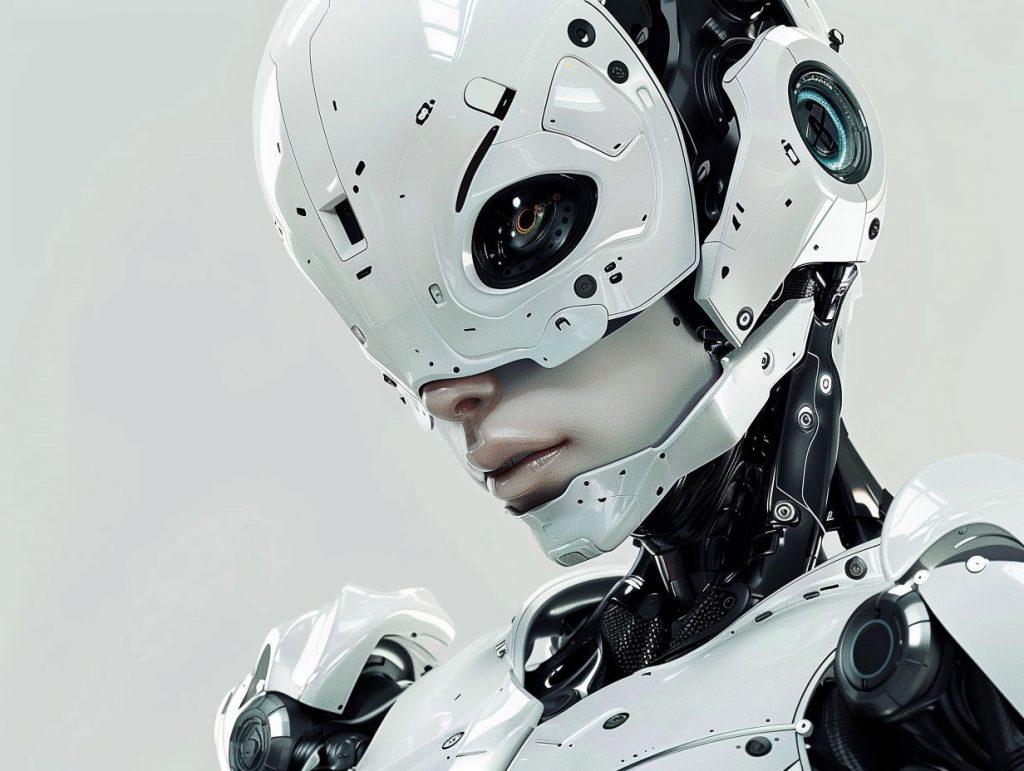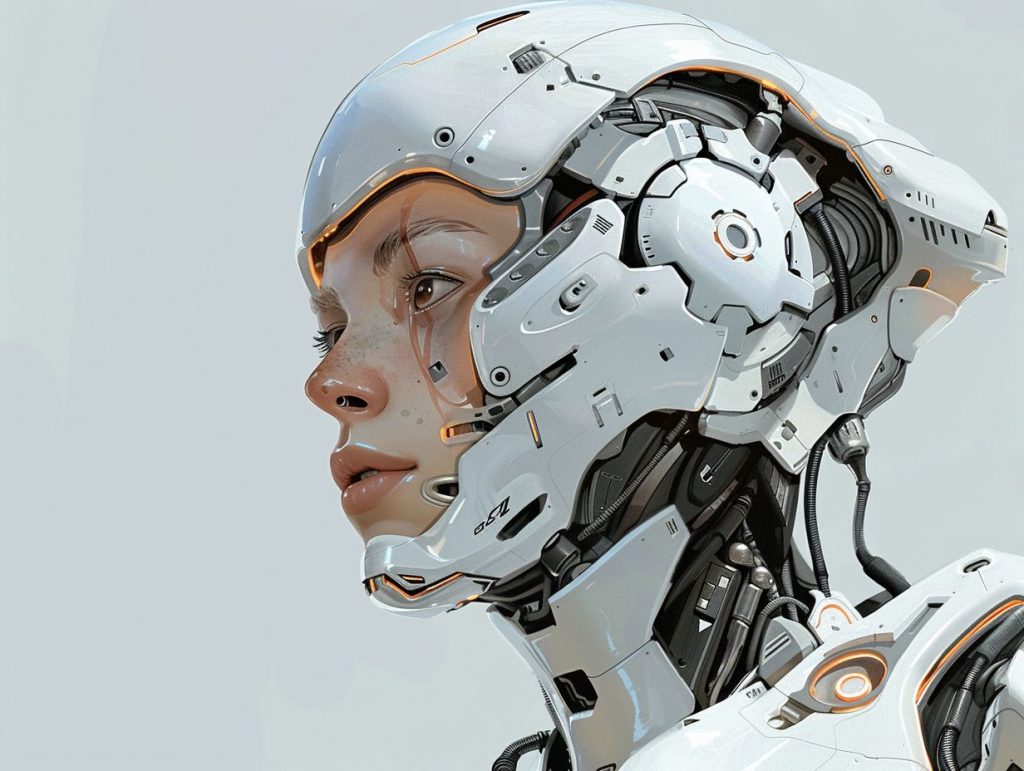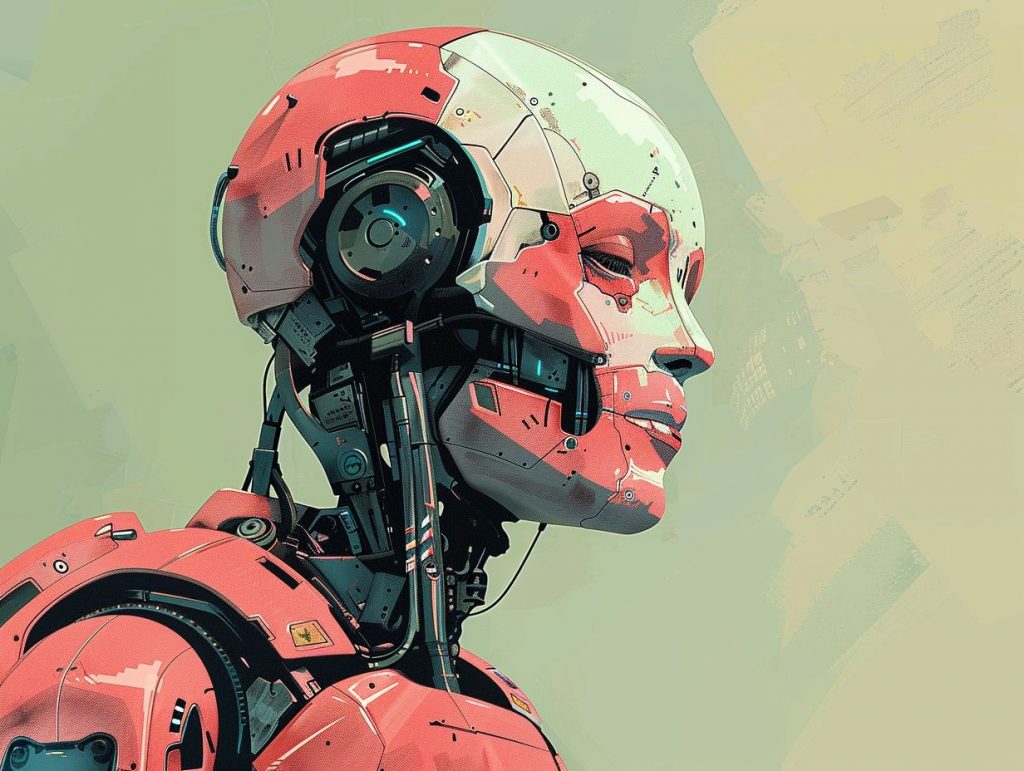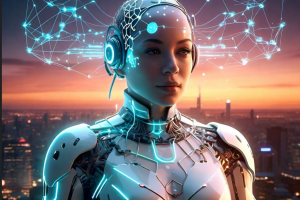Sex robots have been a prevalent topic in popular culture, making appearances in literature, movies, and TV shows throughout history.
From early depictions in classic literature to contemporary portrayals in modern media, the evolution of sex robots in popular culture reflects society’s changing attitudes towards sex and technology.
This article explores the portrayal of sex robots as objects of desire, tools for male fantasy, and a reflection of societal views on sex and technology.
We delve into the impact of these representations on public perception and the development of sex robots in real life, as well as the controversies and criticisms surrounding their depiction in popular culture.
Join us as we examine the role of sex robots in popular culture and what it reveals about our society’s attitudes towards intimacy and technology.
History of Sex Robots in Popular Culture
The history of sex robots in popular culture dates back to early literature and has evolved through various media including movies, TV shows, and contemporary literature, reflecting society’s evolving views on sex and technology.
 Early Depictions of Sex Robots in Literature
Early Depictions of Sex Robots in Literature
Early depictions of sex robots in literature often mirrored the gender norms and technological aspirations of their times.
For example, in the classic play ‘R.U.R.’ by Karel Čapek, written in 1920, the portrayal of female robots as obedient and subservient echoes the societal expectations of women during the early 20th century.
Similarly, in ‘Do Androids Dream of Electric Sheep?’ by Philip K. Dick, published in 1968, the androids reflect the anxieties around artificial intelligence and identity, emphasizing the blurring lines between human and machine.
Sex Robots in Movies and TV Shows
Sex robots have been prominently featured in movies and TV shows, often as objects of desire or symbols of technological advancement.
For instance, in the TV series Westworld, the hosts in the park serve as sophisticated sex robots catering to the guests’ desires, blurring the lines between human emotions and artificial intelligence.
Similarly, in the film Ex Machina, the depiction of a humanoid robot designed for intimate interactions raises questions about consent, ethics, and the boundaries of human-robot relationships.
These portrayals not only entertain viewers but also provoke discussions about the implications of integrating technology into intimate aspects of human life.
 Contemporary Literature Featuring Sex Robots
Contemporary Literature Featuring Sex Robots
Contemporary literature featuring sex robots often explores complex themes around AI, human relationships, and societal views on technology.
In recent years, authors have delved into the moral implications of using sex robots as a means of companionship, addressing issues such as ethical boundaries, consent, and objectification. These stories serve as a reflection of our evolving interactions with technology, prompting readers to ponder the blurred lines between human emotion and artificial intelligence.
Portrayal of Sex Robots in Popular Culture
The portrayal of sex robots in popular culture offers a revealing lens into societal views on sex, technology, and the evolving dynamics between AI and human relationships.
Sex Robots as Objects of Desire
Sex robots are frequently depicted as objects of desire in media, embodying idealized forms of beauty and compliance.
For instance, in the TV series ‘Westworld,’ the character Dolores serves as a prime example of a sex robot designed to cater to human fantasies, with her flawless appearance and unwavering obedience.
Likewise, in the film ‘Ex Machina,’ the robot Ava is portrayed as a seductive and alluring figure, blurring the lines between artificial intelligence and human emotions.
These representations not only play into traditional notions of beauty but also reinforce the idea that relationships with robots can fulfill one’s deepest desires without the complexities of human interactions.
 Sex Robots as Tools for Male Fantasy
Sex Robots as Tools for Male Fantasy
Sex robots often serve as tools for male fantasy in media, highlighting gender biases and the objectification of women.
These portrayals contribute to reinforcing traditional gender roles and molding unrealistic expectations about female behavior and appearance. Often depicted as passive and submissive, sex robots perpetuate the notion of women as objects solely created for male pleasure, disregarding their autonomy and individuality.
By depicting sex robots in this manner, media projects a distorted view of relationships and intimacy, promoting harmful stereotypes and skewing perceptions of gender dynamics. The normalization of these portrayals can have far-reaching consequences on societal attitudes towards women and their place in the world.
Sex Robots as a Reflection of Society’s Views on Sex and Technology
The way sex robots are portrayed in popular culture reflects broader societal views on sex and technology, providing insight into cultural attitudes and anxieties.
One common theme in the portrayal of sex robots is the exploration of human desires and relationships. In movies like ‘Ex Machina’ and TV shows like ‘Westworld’, sex robots are often used as a tool to delve into complex questions about intimacy, consent, and the ethical implications of creating artificial beings.
The design and functionality of sex robots in various media reflect prevailing gender norms and power dynamics. For example, in some depictions, female sex robots are submissive and exist solely for male pleasure, reinforcing traditional gender roles and objectification.
Impact of Sex Robots in Popular Culture
The impact of sex robots in popular culture extends beyond entertainment, shaping public perception and influencing real-world developments in robotics and AI.
How Do These Representations Shape Public Perception of Sex Robots?
Media representations of sex robots play a significant role in shaping public perception, often perpetuating stereotypes and influencing societal attitudes.
Positive portrayals of sex robots in media can sometimes challenge conventional thinking regarding relationships, intimacy, and even technology. They can spark debates on ethical considerations, such as whether they can provide a solution to certain social issues like loneliness or disabilities.
On the flip side, negative depictions may reinforce harmful stereotypes, objectifying individuals, and promoting unrealistic expectations of human interactions. This could potentially perpetuate the objectification of individuals and further deepen societal divides and misconceptions.
Do These Representations Influence the Development and Use of Sex Robots in Real Life?
The representation of sex robots in popular culture can influence their development and use in real life, guiding technological advancements and consumer expectations.
Media portrayals play a crucial role in shaping public perceptions and attitudes towards technology, providing a lens through which society views innovations like sex robots. Whether depicted as objects of desire or cautionary tales, these portrayals not only reflect current societal values but also have the power to redefine norms and boundaries around intimacy and technology.
The interactive dynamics between cultural narratives and technological progress create a feedback loop that drives the evolution of sex robot design and functionalities. As the media continues to depict varying scenarios of human-robot relationships, it spurs debates on ethical concerns, privacy issues, and the implications of blurring the lines between humans and machines.
Controversies and Criticisms Surrounding Sex Robots in Popular Culture
Sex robots in popular culture are not without controversy, with critics raising concerns about the ethical implications, objectification of women, and reinforcement of harmful gender stereotypes.
Objectification and Dehumanization of Women
One of the main criticisms of sex robots in popular culture is the objectification and dehumanization of women, reducing them to mere objects for gratification.
By portraying women as interchangeable and subservient objects designed solely for male pleasure, the use of sex robots perpetuates harmful stereotypes and reinforces gender inequality. Media representations often depict these robots with exaggerated physical features and as entirely submissive beings, reinforcing the notion that women exist solely for the pleasure of men.
The normalization of sex robots as acceptable substitutes for human relationships can lead to a further erosion of empathy and emotional connections in society. As individuals become increasingly desensitized to human intimacy and emotions through interactions with these robotic counterparts, the potential for genuine, meaningful relationships is jeopardized.
 Perpetuation of Harmful Gender Stereotypes
Perpetuation of Harmful Gender Stereotypes
Sex robots in media often perpetuate harmful gender stereotypes, reinforcing traditional roles and expectations for women and men.
For example, in many movies and TV shows, female sex robots are depicted as submissive, overly sexualized objects designed solely for the pleasure of their male owners. This portrayal not only objectifies women but also reinforces the notion that women exist primarily for male gratification. On the other hand, male sex robots are often portrayed as powerful, dominant figures, further perpetuating the stereotype of men as assertive and in control.
Ethical Concerns Regarding the Creation and Use of Sex Robots
The creation and use of sex robots raise numerous ethical concerns, from consent and agency to the potential for misuse and societal harm.
Ethicists and researchers have delved into the intricate web of ethical dilemmas surrounding the emergence of sex robots in modern society. They ponder on the implications of consent in human-robot interactions, questioning the concept of autonomy in intimate relationships with artificial beings. Concerns are voiced about the reinforcement of objectification and unhealthy societal attitudes towards relationships and sexuality.
The development of sex robots also sparks debates on the potential psychological impact on individuals, blurring the lines between human connections and artificial intimacy. It raises questions about the commodification of intimacy, shifting the dynamics of interpersonal relationships in a digitized era.
Conclusion: The Role of Sex Robots in Popular Culture and Its Reflection of Societal Attitudes
The portrayal of sex robots in popular culture serves as a mirror to societal attitudes towards sex and technology, highlighting both our aspirations and anxieties.
Throughout films, books, and TV shows, sex robots are often depicted as either a futuristic fantasy fulfilling every desire or a cautionary tale of a dystopian future where intimacy is replaced by artificial means. These portrayals showcase the dichotomy of society’s fascination with technological advancements yet fear of losing genuine human connections.
Frequently Asked Questions
1. What is the current representation of sex robots in popular culture?
Sex robots have gained increasing popularity in movies, TV shows, and literature in recent years. They are often depicted as highly advanced, hyper-realistic humanoid beings designed for sexual pleasure.
2. How do these representations reflect societal views on sex and technology?
The portrayal of sex robots in popular culture often reflects society’s fascination with and fear of technology, as well as its complex relationship with sexuality.
3. Are there any notable examples of sex robots in popular culture?
Some well-known examples include the TV series “Westworld,” the movie “Ex Machina,” and the novel “Do Androids Dream of Electric Sheep?” (adapted into the film “Blade Runner”).
4. What themes or messages do these representations convey?
The representation of sex robots in popular culture often explores themes of objectification, power dynamics, and the blurred lines between human and machine.
5. How have these representations evolved over time?
In the past, sex robots were often portrayed as mindless and subservient beings. However, recent depictions have become more complex, with some exploring the ethical and emotional implications of human-robot relationships.
6. What does the increasing presence of sex robots in popular culture say about our society?
The growing prevalence of sex robots in popular culture can be seen as a reflection of our society’s growing acceptance and normalization of non-traditional relationships and sexual practices.









Add Comment